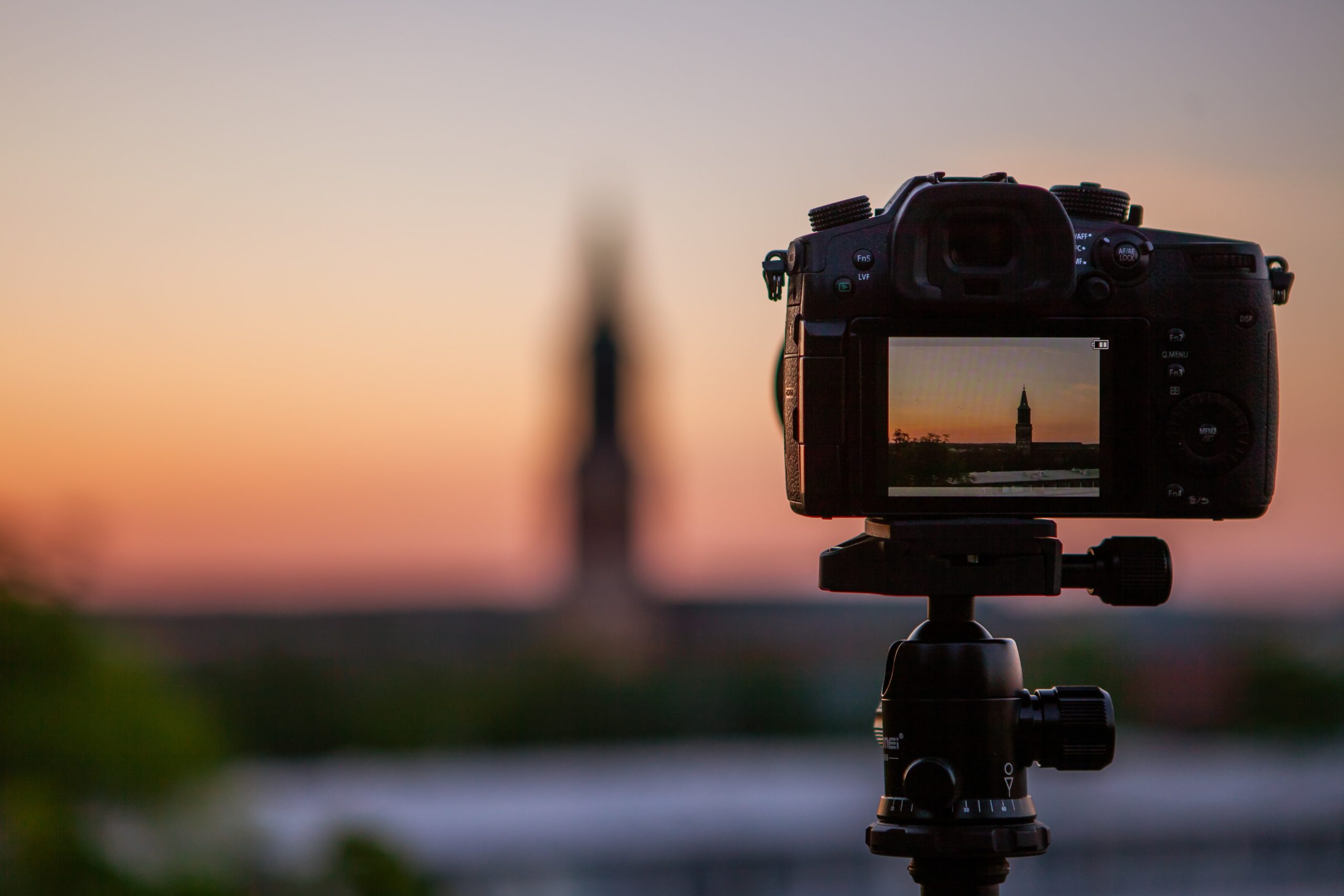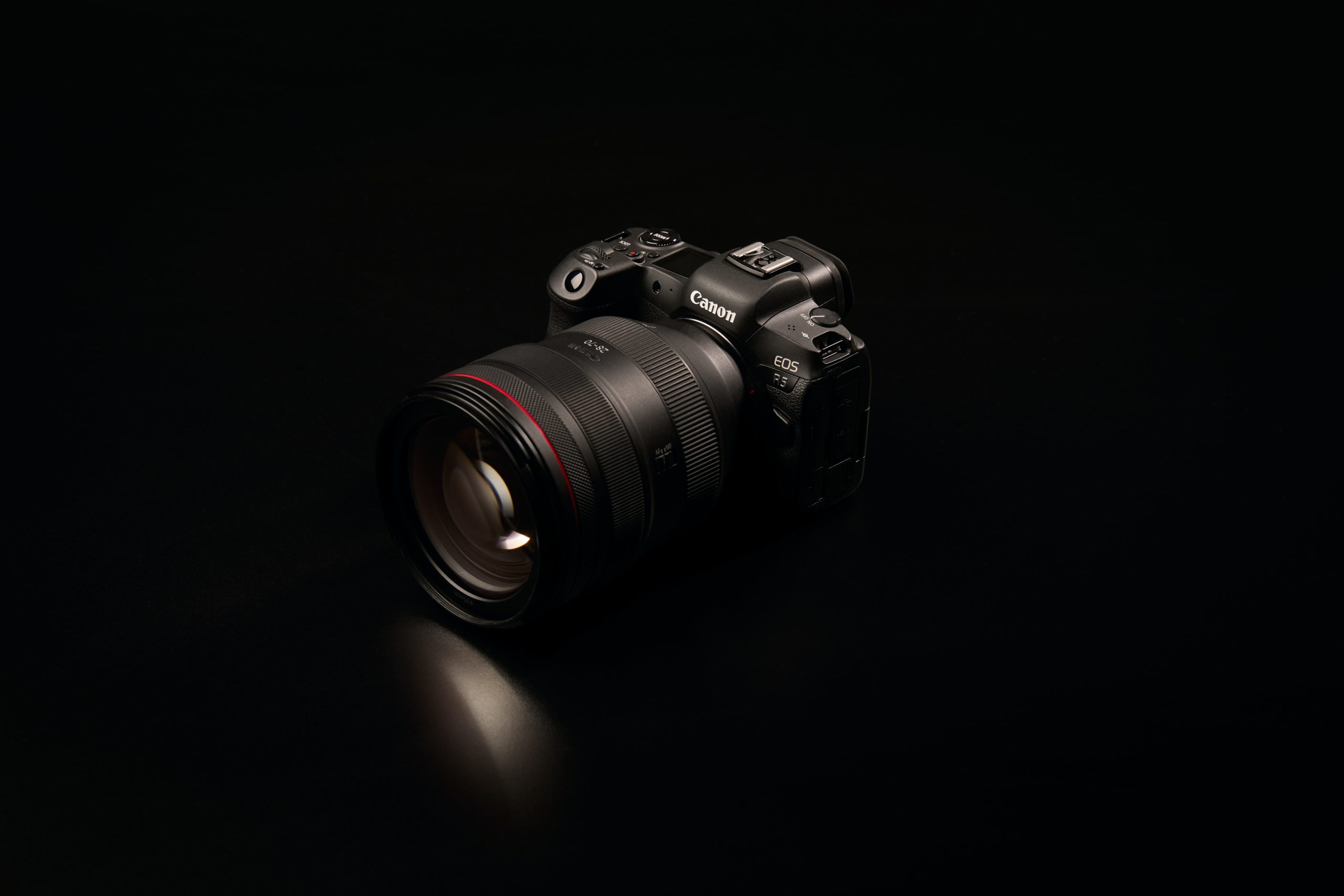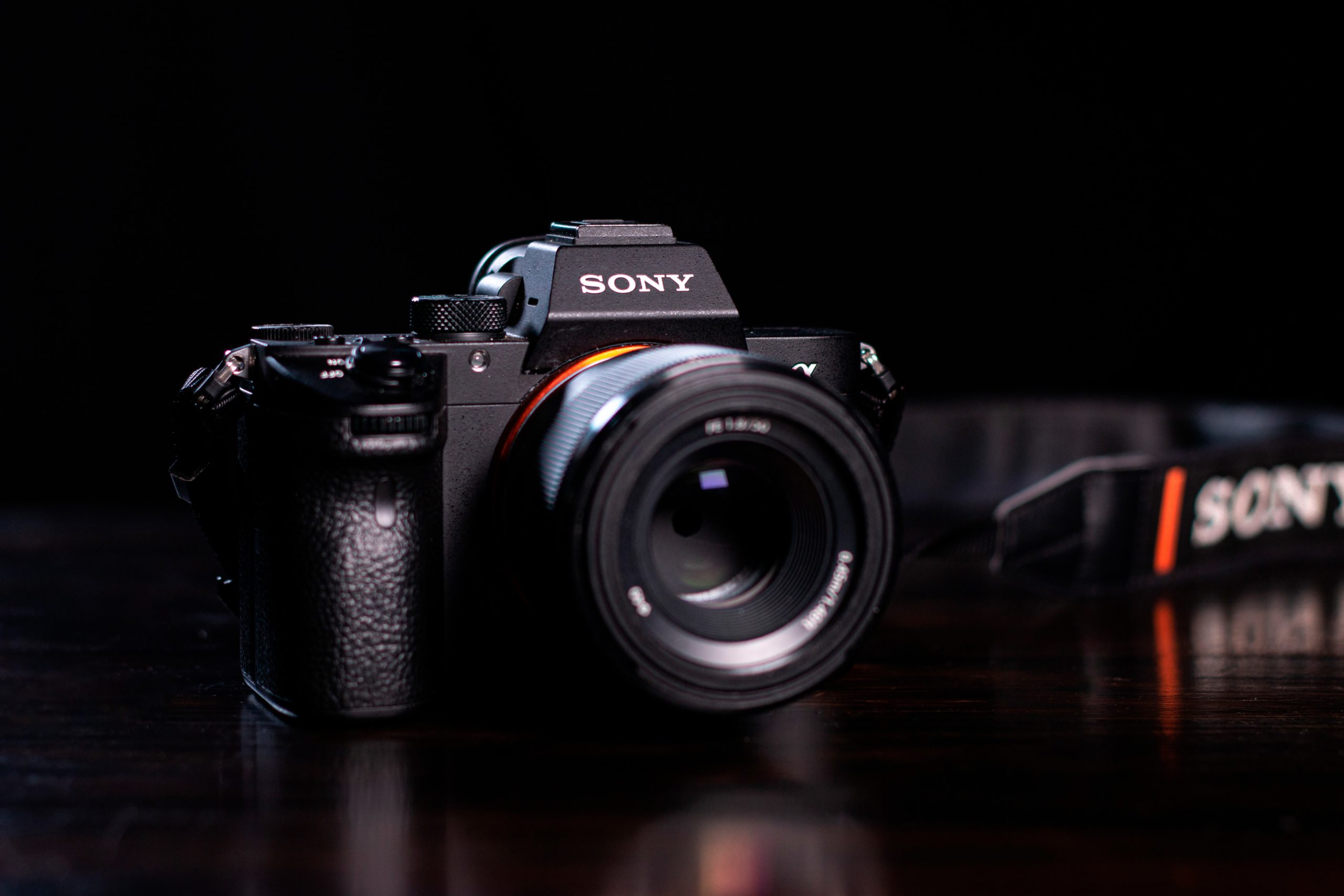Mirrorless Vs DSLR cameras - Which Should You Buy in 2022?
This entry was posted on March 11, 2022.

DSLRs became the dominant camera technology in the 1990s and for well over a decade were the face of digital photography. But in 2004, change was afoot. That year Epsom released the RD-1 ushering in the age of mirrorless cameras.
Both camera technologies have been continually developed since then. And following each development came the ever-present debate of which rig is best.
Over the last few years, the lines between the two technologies have blurred. However, in 2021, some big announcements from major camera producers shed light on the debate. Sony left DSLRs behind for good in May. And in December, the Canon chief executive announced that the camera giant would no longer produce 'flagship DSLR models.'
So, following these announcements, we will compare mirrorless vs DSLR cameras to help you decide which one you should buy in 2022.
What are DSLRs?

DSLR cameras are based on the classic SLR (single-lens reflex) system, except a sensor replaces the film. Light enters the camera through the lens and hits a mirror. This mirror bounces the light up to an object called a pentaprism that sits just above.
A pentaprism has five mirrors and bounces the light around these mirrors to redirect it to the optical viewfinder (OVF). The optical viewfinder is what the user looks through to view the scene they are about to capture.
When you press the shutter of a DSLR, the first mirror flips up and exposes the sensor. The sensor captures the light data, and you have an image!
Now that you're clued up on how DSLRs work, let's look at their pros and cons
DSLR Pros
OVF vs EVF Image Quality
As OVFs show you precisely what the camera lens sees, you get a crisp, clear image of the scene.
However, the clarity of the digital recreation in an EVF depends on the EVF resolution. This is measured in dots, and the more dots, the more precise the EVF image.
Unfortunately, more dots means more money, so crystal-clear EVFs can only be found in high-end, professional rigs.
The EVF image in lower-end models is likely to be of lower quality than what you see through an OVF.
Battery life
Battery Life
DSLR battery life is still more advanced. Take the Sony A7 III and Canon EOS-5D-Mark-IV flagship models.
The Sony clocks 430 shots through the EVF and 530 using the LCD screen on a full charge. At the same time, the Canon can do 900 photos.
This is big, and it could be the difference between getting that killer shot.
DSLR Cons
Size
DSLR camera bodies are larger and heavier than mirrorless'. While not an issue for some, for those packing light a DSLR will take up more space and weight than a mirrorless camera.
Older Technology
Most of the big camera brands have reduced their DSLR line-ups. Some now only produce professional models and lower-end models where there is still demand. Others have entirely discontinued all DSLRs.
The general shift among all camera brands has been away towards mirrorless. So it may only be a matter of time until the DSLR becomes obsolete.
Not great if you're thinking about buying a DSLR in 2022.
What are Mirrorless Cameras?

Mirrorless cameras do away with the long-standing tradition of using reflex mirrors to redirect light entering the camera — when light enters through the lens, it hits the sensor directly.
The sensor is digitally connected to an electronic viewfinder (EVF). And just like an OVF (in DSLRs), you use the EVF to view the scene you’re about to shoot.
However, in a mirrorless camera, the EVF displays a digitally recreated image of what is in front of the lens using data passed to it from the sensor.
To capture the image, mirrorless cameras use one of two methods. Method one is the default setting, and it uses physical shutters, called mechanical shutters.
When you press the shutter button, the top shutter closes momentarily. It then reopens, and the sensor is exposed for the shutter speed duration. The bottom shutter then closes and ends the exposure.
Method two uses an electronic shutter and completely removes any moving parts within the camera. Instead of mechanical shutters, the sensor is activated for the shutter speed duration, which captures the image.
Mirrorless Camera Pros
Exposure Preview
Unlike OVFs, EVFs show you the scene with your camera's settings applied. So although you do not see a real-life view, you see a closer representation of what the camera will capture when you press the shutter.
Some EVFs even have a nifty image-preview feature that will show you the image you're about to take before you take it.
Viewfinder Blackout
Blackout is the momentary blackness in the viewfinder the split second after you press the shutter.
Mirrorless cameras have a shorter blackout than DSLRs because there isn't a mirror that needs to flip up to expose the sensor. Some professional mirrorless models have even achieved zero blackouts.
This viewfinder blackout comparison video perfectly demonstrates the difference in blackout between the two systems.
Mirrorless Camera Cons
‘Less Natural’
DSLRs use light in a more 'natural' way. For some photographers, this is more in line with their style.
The argument here is, 'Why to digitise the scene in an EVF when mirrors and an OVF show you the real thing?'
Battery Life
Mirrorless cameras get the most stick for their short battery life. But what causes them to die much faster than DSLRs?
The answer is pretty simple. An EVF needs more juice from the battery to render the scene digitally. This is unlike a DSLR, which uses only tiny battery power to flip up the mirror in front of the sensor when the shutter is pressed.
Which Should You Buy in 2022?
We say that in 2022 there is still a strong case for both technologies, despite the industry shifting towards mirrorless.
This is because, at the moment, the difference in image quality between DSLRs and mirrorless cameras is non-existent.
Both camera types take high-resolution photos using digital sensors, and it’s just the method in which you view the scene beforehand that differs.
With that in mind, if portability and the option to preview your photos are what you’re after, then you should buy a mirrorless camera in 2022.
But if long battery life and the ability to see precisely what the camera sees are more important to you, then 2022 is still the year of the DSLR.
Ready to grab yourself a camera? Then check out our beginner-to-pro range of both mirrorless and DSLR cameras.
.





